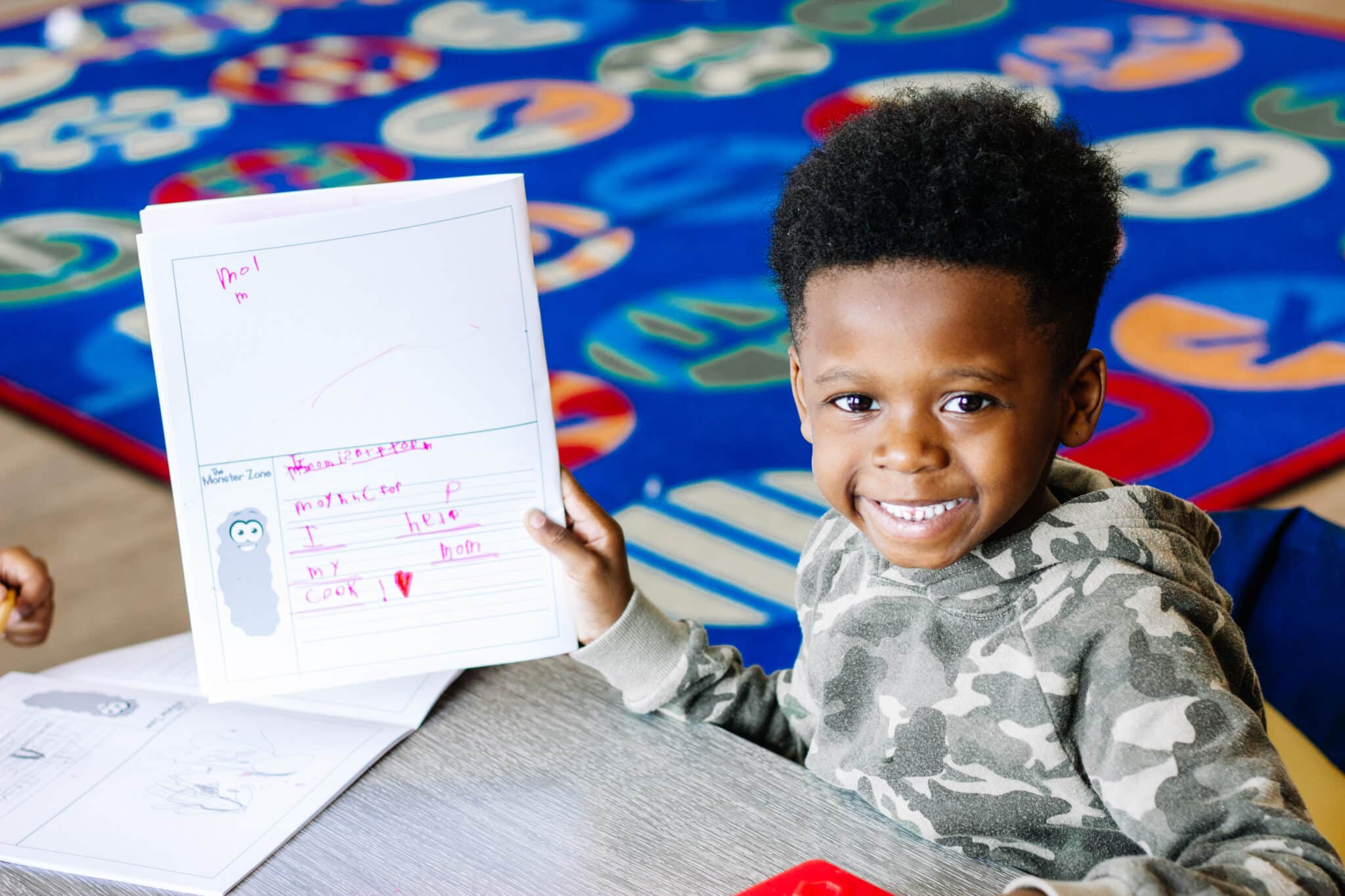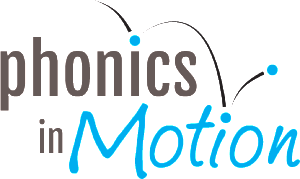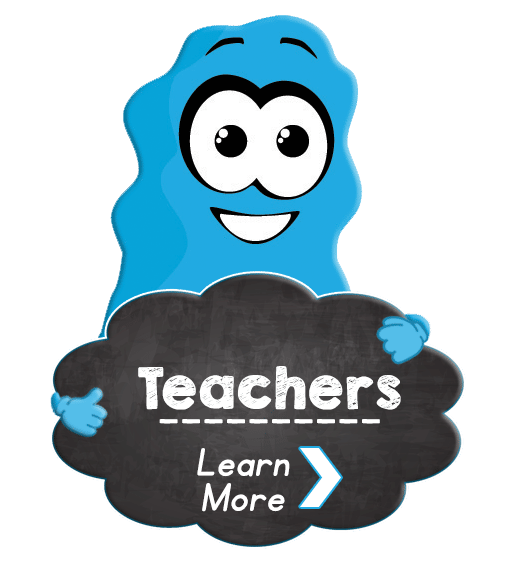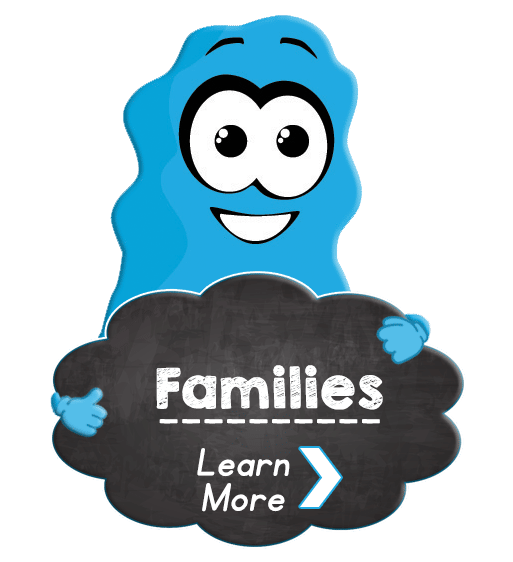How To Teach Reading – The 4 Multisensory Routines You Need
Wondering how to teach reading through a multisensory approach? Helping children develop top-notch reading & writing skills is essential. Phonics in Motion (PIM) emerges as a vibrant and engaging approach, tailored to captivate young minds while fostering foundational reading and writing abilities. It’s a method designed not only for homeschoolers but also for educators seeking innovative teaching strategies.
At its core, Phonics in Motion isn’t just about learning the ABCs or identifying letter sounds; it’s a holistic method that intertwines spoken language with written words in an engaging and interactive manner. Phonics in Motion embraces the belief that when multiple senses—such as sight, sound, and touch—are engaged, children absorb and retain language skills more effectively.
What Is Phonics in Motion?
Phonics in Motion isn’t your typical phonics program. It’s a comprehensive approach that aims to make language learning an exciting and memorable experience. PIM goes beyond rote memorization or passive learning; it emphasizes active engagement and interaction to instill literacy skills in children.
The beauty of PIM lies in its innovative use of movements, gestures, and activities that connect spoken language with written words. This multisensory approach ensures that children don’t just observe letters and words on a page but actively participate in the learning process. Through these interactive methods, PIM creates an environment where learning becomes an adventure rather than a chore.
Moreover, PIM acknowledges the diverse learning styles among children. By incorporating various senses, it accommodates the different ways children absorb information. This versatility ensures that each child can grasp concepts more effectively, making learning accessible and enjoyable for everyone.
How To Teach Reading & Handwriting Through Motion & Story
The concept of multisensory learning is a game-changer in education. It’s based on the idea that when multiple senses are engaged during learning, it strengthens memory retention and understanding. In other words, it’s like unlocking different doors to the brain, allowing information to be absorbed more thoroughly.
In the context of PIM, multisensory learning isn’t just about seeing and hearing—it involves actions and movements too. When children physically interact with language through gestures and activities, they create stronger connections between what they see, hear, and do. This active engagement enhances their comprehension and memory retention, making learning more effective and enjoyable.
Furthermore, multisensory learning promotes inclusivity in education. By catering to diverse learning styles, it ensures that children with different strengths and preferences can thrive. Whether a child learns best through visuals, auditory cues, or hands-on activities, multisensory learning offers a pathway for all children to excel, fostering an inclusive and supportive learning environment.
 The 4 Components of Phonics in Motion
The 4 Components of Phonics in Motion
How to teach reading with Phonics in Motion’s four literacy routines:
Routine 1. Kinesthetic Motions for the Phonemes (KMPs)
KMPs are all about associating specific movements and actions with sounds to reinforce phonemic awareness—the understanding of individual sounds in words. It’s based on using gestures and motions that resonate with children to help them remember and understand different sounds in language. This interactive approach transforms phonics into an engaging and memorable experience.
Routine 2. The Reading & Writing Monster
The Reading & Writing Monster adds a touch of creativity and imagination to Phonics in Motion. Through storytelling, interactive activities, and playful exploration, children dive into the world of reading and handwriting. This component fuels children’s creativity while enhancing their literacy skills, encouraging them to become active participants in their handwriting journey.
Routine 3. The Language Calendar
The Language Calendar seamlessly weaves language development into daily activities. It integrates language exercises and prompts into everyday routines, allowing children to practice language skills consistently. This natural incorporation of language learning into daily life solidifies their understanding and application of language concepts.
Routine 4. The Vowel House
The Vowel House serves as a visual aid to simplify the understanding of vowel sounds and their role in word construction. By providing a structured and engaging representation of vowels, children can better comprehend the significance of vowels in reading and spelling. This visual approach makes abstract concepts more tangible and accessible to young learners.
How To Teach Reading Through Multisensory Literacy Activities For Homeschool & Classrooms
One of the most significant advantages of Phonics in Motion lies in its adaptability. Homeschooling parents and teachers have the flexibility to tailor PIM to suit individual learning styles and pacing. Whether through games, interactive exercises, or hands-on activities, PIM can be customized to meet the unique needs of each child.
Furthermore, PIM doesn’t compartmentalize literacy skills but rather integrates them seamlessly. It connects different aspects of language learning—such as sound recognition, vocabulary building, fluency, and comprehension—ensuring a comprehensive approach to literacy education. By providing a well-rounded learning experience, PIM equips children with a solid foundation in language skills.
Conclusion: Elevating Learning Journeys
Phonics in Motion (PIM) stands as a dynamic and inclusive method, fostering a love for language and literacy. It captivates young learners’ curiosity and encourages active exploration of language concepts. Whether for homeschoolers seeking an engaging educational tool or teachers aiming to invigorate classroom learning, PIM offers a pathway to inspire a lifelong passion for language and literacy in children. Through interactive and imaginative learning strategies, PIM lays the groundwork for confident and adept readers and writers.





